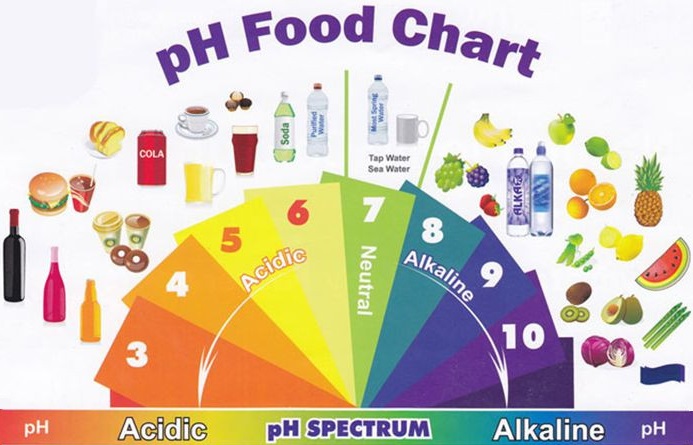Understanding the pH Levels of Fruits and Vegetables
The pH level of a fruit or vegetable refers to its acidity or basicity. The pH scale ranges from 0 to 14, with 0 being the most acidic and 14 being the most basic. A pH of 7 is considered neutral.
The pH level of a fruit or vegetable can have an impact on its taste and nutritional content. For example, highly acidic foods may have a sour or tangy flavor, while highly basic foods may taste bitter or soapy. The pH level can also affect the availability of certain nutrients in the body.
Here is a list of the approximate pH levels of some common fruits and vegetables:
Lemon juice: 2.0
Apples: 3.3-3.9
Grapes: 3.5-3.7
Pineapple: 3.5-5.2
Orange juice: 3.5-4.0
Strawberries: 3.5-5.5
Watermelon: 4.5-5.5
Peaches: 4.5-5.0
Plums: 4.5-5.0
Raspberries: 4.5-5.5
Tomatoes: 4.5-4.9
Carrots: 5.9-6.0
Cabbage: 6.0-6.8
Broccoli: 6.0-7.0
Lettuce: 6.0-7.0
Cauliflower: 6.0-7.5
Potatoes: 6.0-7.0
Onions: 6.0-7.0
Beets: 6.5-7.5
Green beans: 6.5-7.5
Squash: 6.5-7.5
Turnips: 6.5-7.5
It is important to note that the pH of a fruit or vegetable can vary based on a number of factors, including the type of soil it was grown in, the amount of water it received, and its ripeness. In general, however, most fruits and vegetables have a pH level that falls within the range of 3.0 to 7.0.
Incorporating a variety of fruits and vegetables with different pH levels into your diet can help to ensure that you are getting a balanced intake of nutrients. By understanding the pH levels of different foods, you can make informed choices about the foods you eat and how they may affect your overall health and well-being."

Comments
Post a Comment